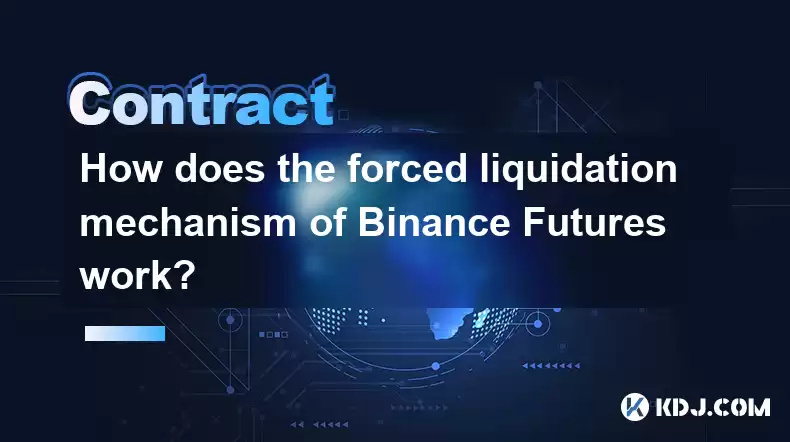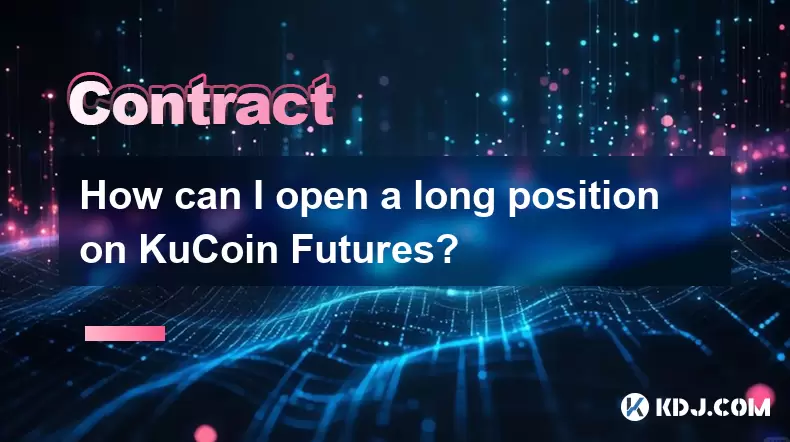-
 Bitcoin
Bitcoin $116700
0.24% -
 Ethereum
Ethereum $3973
4.34% -
 XRP
XRP $3.283
7.68% -
 Tether USDt
Tether USDt $1.000
0.01% -
 BNB
BNB $789.8
2.27% -
 Solana
Solana $176.2
3.31% -
 USDC
USDC $0.9999
0.00% -
 Dogecoin
Dogecoin $0.2238
5.14% -
 TRON
TRON $0.3389
-0.51% -
 Cardano
Cardano $0.7907
4.03% -
 Stellar
Stellar $0.4527
10.02% -
 Hyperliquid
Hyperliquid $41.07
4.27% -
 Sui
Sui $3.794
1.77% -
 Chainlink
Chainlink $19.49
10.40% -
 Bitcoin Cash
Bitcoin Cash $580.9
0.74% -
 Hedera
Hedera $0.2617
4.32% -
 Avalanche
Avalanche $23.41
3.67% -
 Ethena USDe
Ethena USDe $1.001
-0.03% -
 Litecoin
Litecoin $122.4
1.38% -
 Toncoin
Toncoin $3.364
1.49% -
 UNUS SED LEO
UNUS SED LEO $8.988
0.37% -
 Shiba Inu
Shiba Inu $0.00001295
2.82% -
 Uniswap
Uniswap $10.62
5.75% -
 Polkadot
Polkadot $3.922
4.46% -
 Dai
Dai $1.000
0.01% -
 Bitget Token
Bitget Token $4.494
2.15% -
 Monero
Monero $268.0
-1.30% -
 Cronos
Cronos $0.1523
3.68% -
 Pepe
Pepe $0.00001127
4.43% -
 Aave
Aave $285.4
4.85%
How does the forced liquidation mechanism of Binance Futures work?
Binance Futures uses a mark price, not the last traded price, for automated liquidations triggered when margin levels fall below maintenance requirements. A cascading system prioritizes positions with the lowest margin, aiming for efficient risk management and minimizing market impact.
Mar 25, 2025 at 02:35 pm

Key Points:
- Binance Futures uses a mark price for liquidation, not the last traded price, to prevent manipulation.
- Liquidation is triggered when your position's margin level falls below the maintenance margin requirement.
- The liquidation process is automated, aiming to minimize losses for the exchange and other users.
- Binance employs a cascading liquidation system, prioritizing liquidations of positions with the lowest margin levels.
- Users can adjust their leverage and manage their risk to avoid liquidation.
- Understanding the liquidation process and managing risk is crucial for successful futures trading.
How Does the Forced Liquidation Mechanism of Binance Futures Work?
Binance Futures, like other cryptocurrency derivatives exchanges, employs a forced liquidation mechanism to manage risk and maintain the stability of its platform. This mechanism automatically closes a user's position when their account's margin level falls below a certain threshold. This prevents significant losses for both the user and the exchange. The process is designed to be fair and efficient, though it can be stressful for traders.
The core of Binance's liquidation system lies in the concept of the mark price. Unlike using the last traded price, which is susceptible to manipulation, Binance uses a mark price, calculated using a sophisticated algorithm considering various market data points from multiple exchanges. This ensures a more accurate reflection of the asset's true value.
The Liquidation Trigger:
Liquidation isn't triggered arbitrarily. Binance sets a maintenance margin requirement for each position. This is the minimum amount of margin required to keep your position open. When your margin level, calculated as (Total Equity / Position Value), drops below this maintenance margin requirement, the system initiates a liquidation. The lower your leverage, the higher your margin level and the less likely you are to be liquidated.
The Liquidation Process:
The liquidation process is automated and designed to be swift and efficient. It's not a manual process; instead, a sophisticated algorithm automatically identifies and liquidates positions at risk. This automated system aims to minimize the impact on market prices and prevent cascading failures.
- Identifying Positions for Liquidation: The system first identifies positions with the lowest margin levels, prioritizing those closest to liquidation. This cascading liquidation system helps to minimize the overall impact on the market.
- Order Placement: Once a position is identified for liquidation, the system automatically places market orders to close the position. These orders are executed at the prevailing market price, aiming to recover as much value as possible for the exchange. The speed of execution depends on market liquidity.
- Profit Distribution: The proceeds from the liquidated position are used to cover the user's losses and any outstanding fees. Any surplus is returned to the user's account.
Managing Risk and Avoiding Liquidation:
Avoiding liquidation requires careful risk management. Here are some strategies:
- Lower Leverage: Using lower leverage reduces the risk of liquidation. A lower leverage position requires less margin to maintain.
- Monitor Margin Levels: Regularly check your margin level to identify potential risks. Binance provides tools to monitor your positions and receive alerts.
- Set Stop-Loss Orders: Stop-loss orders automatically close your position when the price reaches a predetermined level, limiting potential losses.
- Diversify Positions: Don't put all your eggs in one basket. Diversifying across different assets reduces your overall risk.
- Understand Market Conditions: Be aware of market volatility. During periods of high volatility, the risk of liquidation increases.
Common Questions:
Q: What happens to my funds after liquidation?
A: After liquidation, any remaining funds in your account after covering losses and fees will be returned to you. If the liquidation doesn't fully cover your losses, you will have a negative balance.
Q: Can I prevent liquidation?
A: While you can't completely prevent liquidation, you can significantly reduce the risk by using lower leverage, setting stop-loss orders, and monitoring your margin levels closely.
Q: What is the difference between liquidation and margin call?
A: A margin call is a warning that your margin level is approaching the maintenance margin. Liquidation happens when your margin level falls below the maintenance margin and your position is automatically closed.
Q: How is the mark price determined?
A: Binance's mark price is a complex calculation incorporating data from various exchanges and order books, aiming to provide a fair and less manipulatable representation of the asset's price. The exact formula isn't publicly disclosed.
Q: Is Binance's liquidation system fair?
A: Binance aims for a fair liquidation system, using a mark price to prevent manipulation and a cascading system to minimize market impact. However, rapid price movements can still lead to unexpected liquidations.
Q: What if there's insufficient liquidity to liquidate my position?
A: While unlikely, if there isn't enough liquidity to immediately execute the liquidation order at the mark price, the system may try again later or utilize other mechanisms to minimize losses. The specifics aren't publicly detailed.
Disclaimer:info@kdj.com
The information provided is not trading advice. kdj.com does not assume any responsibility for any investments made based on the information provided in this article. Cryptocurrencies are highly volatile and it is highly recommended that you invest with caution after thorough research!
If you believe that the content used on this website infringes your copyright, please contact us immediately (info@kdj.com) and we will delete it promptly.
- Coinbase, Cosmos, and dYdX: Navigating the Crypto Currents
- 2025-08-09 06:30:16
- BNB Price, Altcoins, and Predictions: What's the Buzz?
- 2025-08-09 06:30:16
- Crypto Presale Projects Primed for Gains in 2025: A New Yorker's Take
- 2025-08-09 06:50:15
- Ruvi AI: The Millionaire Maker Poised for a Price Spike?
- 2025-08-09 06:50:15
- Cold Wallet, CoinMarketCap, Cardano & XRP: Navigating Crypto's Next Big Wave
- 2025-08-09 07:10:15
- Hedera (HBAR) Price Surge: Market Cap Soars, What's Next?
- 2025-08-09 07:10:15
Related knowledge

What is the difference between realized and unrealized PNL on KuCoin?
Aug 09,2025 at 01:49am
Understanding Realized and Unrealized PNL on KuCoinWhen trading on KuCoin, especially in futures and perpetual contracts, understanding the distinctio...

How does KuCoin Futures compare against Binance Futures in terms of features?
Aug 09,2025 at 03:22am
Trading Interface and User ExperienceThe trading interface is a critical component when comparing KuCoin Futures and Binance Futures, as it directly i...

What is the distinction between mark price and last price on KuCoin?
Aug 08,2025 at 01:58pm
Understanding the Basics of Price in Cryptocurrency TradingIn cryptocurrency exchanges like KuCoin, two key price indicators frequently appear on trad...

What are the specific maker and taker fees on KuCoin Futures?
Aug 08,2025 at 08:28am
Understanding Maker and Taker Fees on KuCoin FuturesWhen trading on KuCoin Futures, users encounter two primary types of fees: maker fees and taker fe...

Can you explain the difference between cross margin and isolated margin on KuCoin?
Aug 09,2025 at 02:57am
Understanding Margin Trading on KuCoinMargin trading on KuCoin allows traders to borrow funds to increase their trading position beyond their actual c...

How can I open a long position on KuCoin Futures?
Aug 09,2025 at 02:07am
Understanding KuCoin Futures and Long PositionsOpening a long position on KuCoin Futures means you are speculating that the price of a cryptocurrency ...

What is the difference between realized and unrealized PNL on KuCoin?
Aug 09,2025 at 01:49am
Understanding Realized and Unrealized PNL on KuCoinWhen trading on KuCoin, especially in futures and perpetual contracts, understanding the distinctio...

How does KuCoin Futures compare against Binance Futures in terms of features?
Aug 09,2025 at 03:22am
Trading Interface and User ExperienceThe trading interface is a critical component when comparing KuCoin Futures and Binance Futures, as it directly i...

What is the distinction between mark price and last price on KuCoin?
Aug 08,2025 at 01:58pm
Understanding the Basics of Price in Cryptocurrency TradingIn cryptocurrency exchanges like KuCoin, two key price indicators frequently appear on trad...

What are the specific maker and taker fees on KuCoin Futures?
Aug 08,2025 at 08:28am
Understanding Maker and Taker Fees on KuCoin FuturesWhen trading on KuCoin Futures, users encounter two primary types of fees: maker fees and taker fe...

Can you explain the difference between cross margin and isolated margin on KuCoin?
Aug 09,2025 at 02:57am
Understanding Margin Trading on KuCoinMargin trading on KuCoin allows traders to borrow funds to increase their trading position beyond their actual c...

How can I open a long position on KuCoin Futures?
Aug 09,2025 at 02:07am
Understanding KuCoin Futures and Long PositionsOpening a long position on KuCoin Futures means you are speculating that the price of a cryptocurrency ...
See all articles

























































































